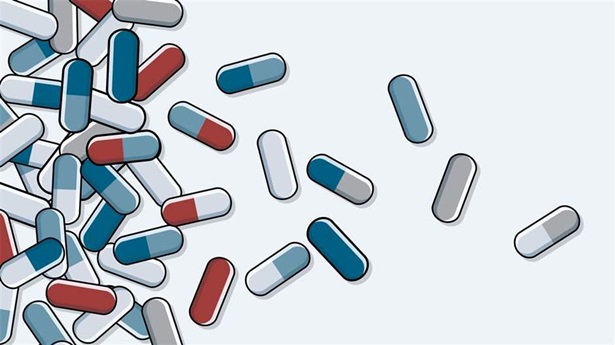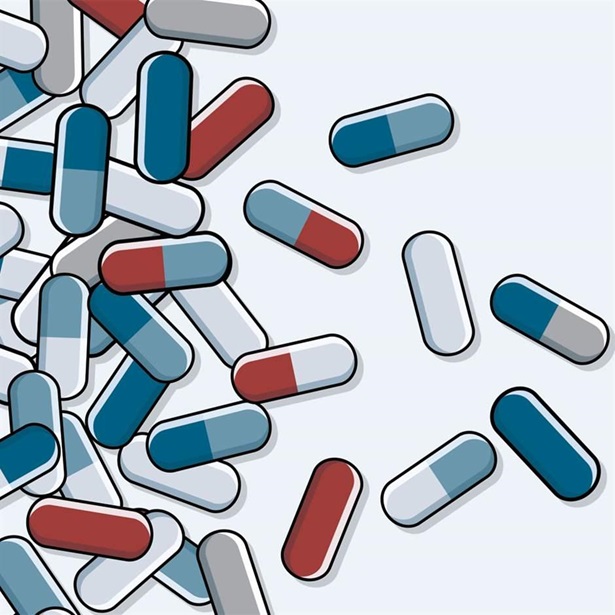New Evidence-Based Programs Aim to Benefit Mississippi Youth
Legislative assessment of juvenile justice programs prompts changes
Youth in Mississippi’s sole residential facility for court-committed juveniles may soon benefit from better rehabilitation programs. A recent report found that some treatment interventions at the Oakley Youth Development Center (OYDC) could be improved by using evidence-based alternatives. In response, Oakley staff acted swiftly to review and replace programs that are not supported by research with more effective alternatives.
The state’s Joint Legislative Committee on Performance Evaluation and Expenditure Review (PEER)—the legislature’s nonpartisan oversight agency—wrote the report. PEER created an inventory of OYDC programs and assessed each one’s evidence base for producing key outcomes, such as reductions in recidivism, reduced aggression, and improved social skills. In its report, PEER found that the majority of the programs (69 percent) had evidence to support a “high-quality” rating, meaning that those programs were effective at achieving desired outcomes. The remaining programs (31 percent) lacked adequate research. For these programs, PEER staff identified cost-effective alternatives for OYDC leaders to consider implementing.
In preparing this report, PEER staff used the Results First Clearinghouse Database to assess programs for evidence of effectiveness. Since 2012, Mississippi has collaborated with the Pew-MacArthur Results First Initiative to help lawmakers and policy leaders make more informed, strategic investments that produce positive outcomes for residents and get the most from taxpayer dollars.
James Maccarone, director of the Department of Human Services Division of Youth Services, recognized the chance to improve the quality of services for youth under the center’s care. “Our goal is to provide high-quality programs that help young people return to their communities as healthy, productive citizens,” Maccarone said. “To that end, we are committed to providing the most effective, efficient rehabilitation programs possible.”
Oakley staff will begin using Aggression Replacement Therapy, a program that employs interactive learning to improve social skills and moral reasoning to manage anger and reduce aggressive behavior. The PEER report identified this program as an effective option for treating youth with a history of violent and antisocial behavior.
Adolescents assessed to have substance use disorders, gang involvement, or a record of violent offenses require treatment addressing the underlying behavioral risks associated with delinquency. The PEER report notes that evidence-based programs may be cost-effective by reducing the chance that participants will return to the juvenile or adult criminal justice system. OYDC leaders will continue to work with PEER staff to explore other evidence-based programs that meet the unique needs of Oakley’s youth population.
Sara Dube is a director, Steve Lize is an officer, and Monica Sharma is a manager with the Pew-MacArthur Results First Initiative.












